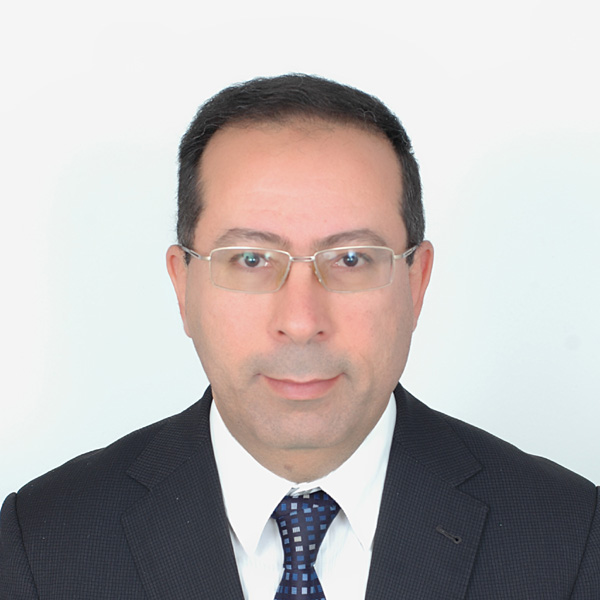Workshops and Tutorials - CloudTech'17
Distributed computing for High-throughput biological datasets, computational biology, genomics and transcriptomics

Jamie Alnasir has completed his PhD in Computer Science and molecular Biology from Royal Holloway, University of London. He also holds a Masters in Pharmacy and Chemistry from Kingston University and St. Georges hospital medical school. He is interested in applying computational techniques to solve problems in the Sciences, in particular using distributed computing.
Workshop details:
In this workshop we will introduce and review a selection of distributed computing technologies that are commonly applied to bioinformatics and biological datasets, and which are typically deployed as clusters, grids and clouds. We will focus on clusters and clouds by covering and comparing batch-scheduled clusters with Hadoop based MapReduce clusters (Hadoop and Spark), discussing the HDFS distributed filesystem and YARN in more detail. We will discuss high-throughput datasets such as those generated by next-generation sequencing technologies which are massively parallel and hence produce large volumes of data, i.e. Bigdata. Processing such large datasets is integral to research and applications in specialist fields such as genomics and Personalised Medicine. For instance, as of January 2017, the SRA alone (Sequence Read Archive) which stores DNA/RNA sequencing data, contains over 9 Petabases (9.377x10^15, over 9 quadrillion letters, roughly a Petabyte) of data in over 30,000 experimental studies. Hadoop MapReduce based systems are ideally suited for these tasks because their architecture and file system are structured and designed to allow for massive scalability and fault-tolerance. As Hadoop technologies are increasingly ubiquitous in industry and a number of cloud service providers offer these platforms, we will briefly review some some distributed Bioinformatics tools which have been implemented using MapReduce to handle. We conclude by providing an example of a transcriptomics analysis system implemented in Apache Spark which can be used to quantify bias in the form of sequence-specific deviations in mapped reads to a reference genome. Understanding such bias is an integral part of gene expression studies and requires distributed technologies to process large datasets.
New research trends in IoT for Education

Pr. Radouane Mrabet is a full professor at ENSIAS, Mohammed V University in Rabat, Morocco. Pr. Radouane Mrabet is the former President of the University Mohammed V - Souissi (December 2010 – August 2014). He served also as Director of ENSIAS (National School of Computer Science and Systems Analysis) between November 2007 and December 2010. He is a founding member and General Coordinator of the Task Force IPv6 Morocco since June 2006. He was the former Co-Chair of the Franco-Moroccan research program Hubert Curien (PHC Volubilis) and Franco-North African research program (Maghreb PHC). Pr. Radouane Mrabet is the author of dozens of national and international publications. He led several R & D projects and studies in the fields of information technology (NET'U MED, JOINMED, BEITI6, TELESUN, ...). The organization of several important scientific events is also to his credit. Pr. Radouane Mrabet received his PhD in June 1995 from Université Libre de Bruxelles, Brussels, Belgium in the field of Communication Networks. He received a Master degree in July 1987 from Pierre & Marie Curie University, Paris – France, in the field of Computer Systems. Finally, he is an Engineer from École Mohammadia d'Ingénieurs, Mohammed V University, Rabat – Morocco, also in the field of Computer Systems.
Workshop details:
Applications for the IoT are already being leveraged in several sectors like healthcare, transportation, environment, entertainment, etc. What about the sector of education?
In this talk, Professor Mrabet will give a broad picture of the IoT in Education. How it can benefit education? What are the biggest implications for connected devices in schools, colleges and universities? How they could shape the learning for the next generation?
In the second part of the talk, Professor Mrabet will present the concepts of Future Smart Classroom and how this concept can be used with new technologies such as virtual and augmented reality?







